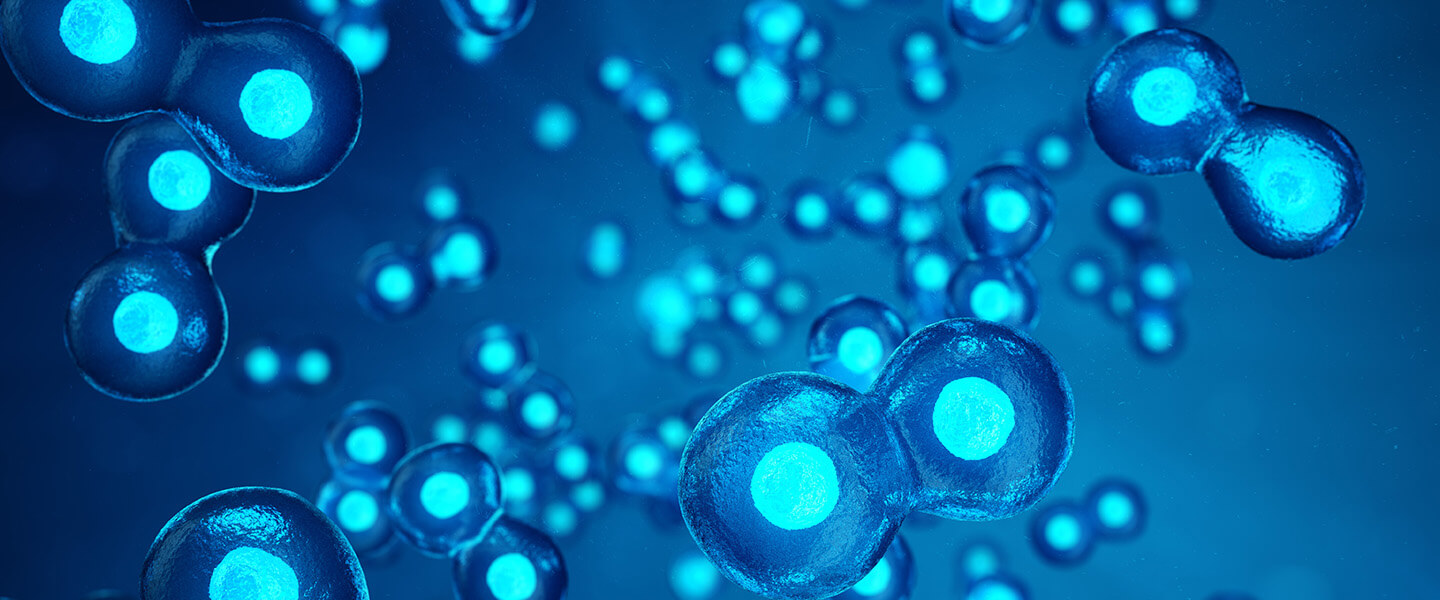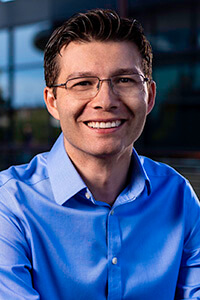A Stem Cell-Based Therapeutic “Rescue Strategy” is Developed for Timothy Syndrome, an Autism Spectrum Disorder
A Stem Cell-Based Therapeutic “Rescue Strategy” is Developed for Timothy Syndrome, an Autism Spectrum Disorder

A team of researchers led by two-time BBRF grantee Sergiu Pasca, M.D., of Stanford University, has published results of experiments demonstrating a potential “rescue strategy” using stem cell-based models for a devastating neurodevelopmental disorder called Timothy Syndrome (TS).
TS is widely considered to be among the autism spectrum disorders, with patients often having severely impaired communication and socialization skills, as well as delayed development of speech and language. TS also can have other serious impacts on health including epilepsy and a cardiac disorder called long QT syndrome that affects heart rhythm. The newly reported experiments, while specifically targeting pathology in severe TS, could have future applications in other illness involving the brain including schizophrenia, bipolar disorder, and intellectual disability.
The new research that Dr. Pasca and colleagues report in a cover story in the journal Nature has its origins over 15 years ago in the Pasca lab. Dr. Pasca received his first grant from BBRF in 2012 (Young Investigator) and in 2017 he received a BBRF Independent Investigator grant. He is among the pioneering researchers who have harnessed stem-cell technology to grow human brain cells in the laboratory. His lab developed guided neural “organoids” from stem cells and has pioneered the first “assembloids” that model circuit formation in three dimensions in the lab setting. In a more recent innovation, they have transplanted organoids into living animal brains, where they make connections and take part in functional circuits. This has made possible unprecedented experiments to reveal pathologies in human brain illnesses, particularly those like schizophrenia and autism which in some forms likely have origins in the first months of life, during development of the fetal brain and other organ systems. The lab’s technologies, deployed in living rodents, are especially valued because we cannot access the human fetus experimentally to observe emerging pathology. The same approach has also provided a unique test-bed for assessing new therapeutics, as the newly reported research demonstrates.
The organoids used by Dr. Pasca and others are based on cells harmlessly sampled from patients; skin cells, for example, can be reprogrammed in the lab to redevelop as cells of the brain, heart, or any organ. Importantly, every reprogrammed cell bears the genome of the patient-donor. If the donor has genetic mutations linked with an illness like Timothy Syndrome, then a novel kind of experiment becomes possible. One can watch these cells from their earliest days as they develop and begin to manifest pathologies caused (at least in part) by their illness-related variant genes.
As reported last year in BBRF’s magazine Brain & Behavior, Dr. Pasca’s team engrafted cortical organoids derived from cells donated by patients with a severe kind of Timothy Syndrome called type 1 (TS1). These organoids developed in the lab, and after transplantation into a living rodent, integrated with the host brain in ways that clearly revealed pathologies consistent with the illness. This provided key insights that led to the dramatic experiments just reported.
It began to be clear even from earlier experiments in test tubes performed more than a decade ago by Dr. Pasca that neurons grown from cells donated by TS patients displayed certain characteristic pathologies. For example, these cells had problems regulating the flow of calcium into and out of neurons, a flaw that is associated with abnormally high levels of neural excitation. There were also pathologies affecting the way neurons migrate in the brain.
These defects are caused by a mutation in a gene called CACNA1C, known to be mutated in TS (and several other psychiatric illnesses) and, much more specifically, the way in which the CACNA1C gene is processed in cells to ultimately give rise to CACNA1C proteins.
Every gene in our bodies, when activated, generates a “message” in the form of RNA (“messenger RNA”) that tells a cell to manufacture a specific protein. Under normal conditions, the CACNA1C gene produces several variants, or “alternate” messenger RNAs (mRNAs). These alternate messages are the result of a process called “alternate mRNA splicing” that occurs just before the message is sent to protein production factories in cells calls ribosomes. These messages contain instructions for making the CACNA1C protein. The variant of CACNA1C carrying the TS mutation is present early in the developing brain and patient-derived neurons seem to make even more of it than those from healthy controls.
As development progresses, the CACNA1C RNA “message” normally transitions to a slightly different, more mature form. Dr Pasca reasoned that interfering with RNA splicing to yield the more mature non-mutated form might prevent defects associated with Timothy Syndrome type 1.
To achieve this, his lab developed a therapeutic strategy that has been used successfully to treat several other serious illnesses including spinal muscular atrophy and Duchenne muscular dystrophy. Both also have pathologies rooted in splicing variations in RNA messages. As was done in those illnesses, the researchers created chemically modified pieces of RNA called antisense oligonucleotides (ASOs). The ASOs act like missiles within cells, homing in precisely on specific spots in pre-spliced RNA messages of a gene, causing the splicing of the message to be slightly modified. This modification can do a variety of things depending on the ASO’s design. In the case of Dr. Pasca’s team, the ASO was designed to interfere with the splicing of CACNA1C favoring the variation not carrying the TS1 mutation.
In rats that had received cortical organoid transplants grown from the cells of TS patients, the team injected the tiny ASO molecules into the fluid that bathes the spinal cord and brain. These did indeed alter the splicing of RNA messages in the human cells growing inside the rodent brains, resulting in “robust” reversal, or “rescue” of pathologies in the neurons caused by the mutation—those involving calcium flow as well as migration.
The proof-of-concept experiment was successful, but much more work needs to follow before ASOs can be considered for treating people with Timothy Syndrome. It is not yet clear what impact, if any, the therapeutic strategy will have on cardiac symptoms in TS; tests with cardiac organoids grown from patients’ cells are a near-term priority. It is not clear what impact the treatments will have on pathology that happens to predate the treatment. Also, long-term tests must be performed in experimental animals to evaluate toxicities potentially related to the treatment, as well as to determine if the design of the ASOs can be optimized to generate better therapeutic results.
Yet the strategy is an important and promising one, the team believes, and illustrates how this platform involving stem cells and organoids could be used to study other neuropsychiatric diseases and to evaluate the therapeutic efficiency and safety of ASOs and other approaches including small molecule candidate drugs. The approach will be particularly relevant, the team says, when animal models are not available or do not fully recapitulate human pathophysiology for a given illness.



